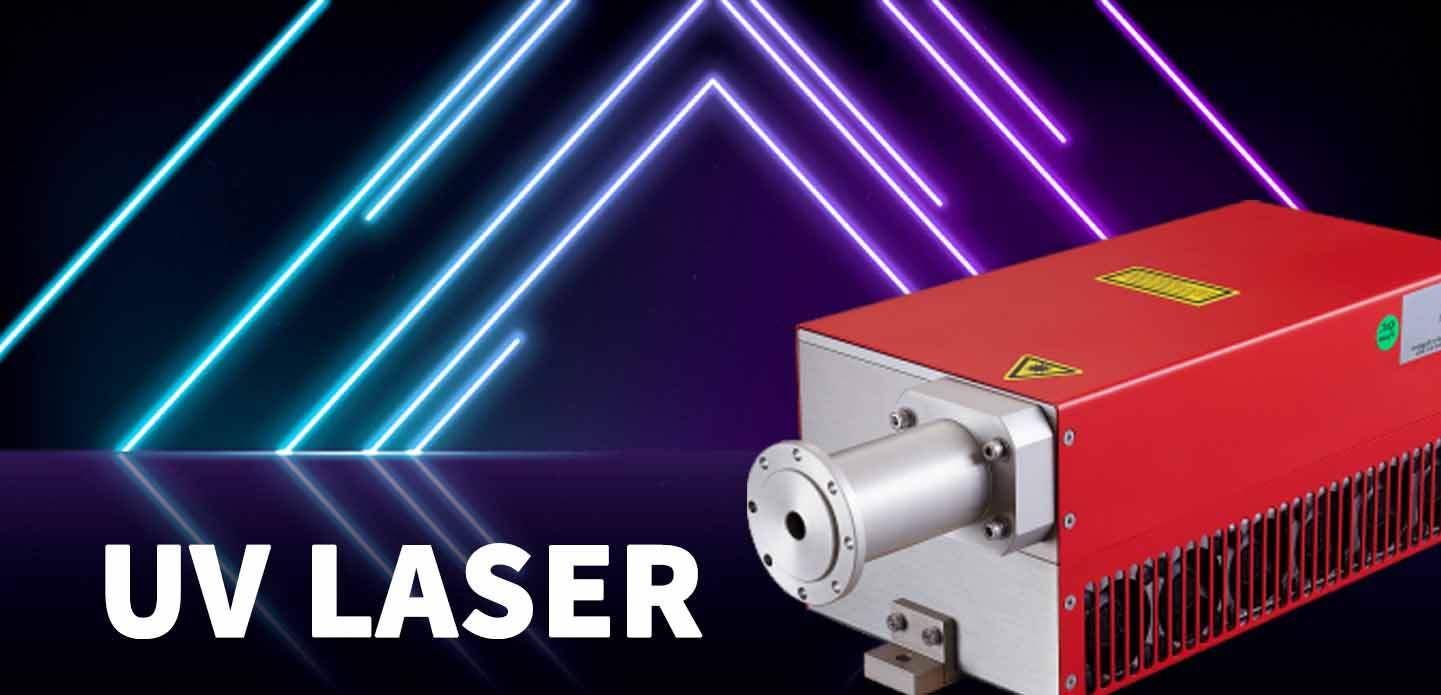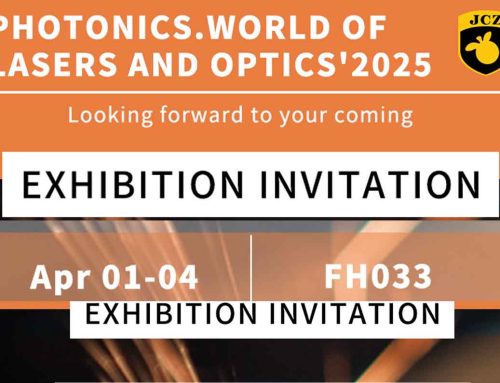Introduction to UV Laser Technology
UV laser technology has become an essential tool in various industries for its precise and high-quality results. Unlike traditional laser systems, a UV laser operates at a shorter wavelength, allowing for intricate markings and engravings on sensitive materials without causing heat damage. The 355nm wavelength, in particular, is widely used in UV laser marking and engraving, making it a preferred choice for industries requiring fine detail.
What is UV Laser Marking?
UV laser marking refers to the process of using ultraviolet lasers to create permanent marks on a surface. This method is especially beneficial for materials that are sensitive to heat, as the short wavelength of a UV laser minimizes thermal stress. In the 355nm range, UV laser marking delivers high precision, making it ideal for applications in electronics, medical devices, and delicate components. The cold marking process ensures that the materials retain their properties without deformation, which is why UV laser marking is highly sought after in precision-demanding industries.
Advantages of UV Laser Engraving
Engraving with a UV laser offers numerous benefits over traditional engraving methods. The primary advantage is the ability to work with heat-sensitive materials, such as plastics, glass, and thin metals, without causing damage. UV laser engraving at 355nm provides exceptional control over depth and detail, allowing for highly accurate engravings. This makes UV laser systems ideal for applications like barcodes, serial numbers, and logos that require clarity and durability. Additionally, the finer wavelength of the UV laser results in a higher absorption rate, leading to faster processing speeds and reduced operational costs.
Applications of UV Laser Technology
The applications of UV laser technology span a wide range of industries. In electronics, UV lasers are used for marking circuit boards, semiconductors, and microchips without affecting their functionality. In the medical field, UV laser systems are employed to mark surgical instruments, ensuring long-lasting, non-toxic identification. The 355nm UV laser is also widely used in the automotive industry for labeling parts and components that require resistance to high temperatures and environmental stress. The precision and versatility of UV laser technology make it indispensable for high-tech applications.
How UV Laser Technology Works
The science behind UV laser technology is fascinating. A UV laser emits light at a wavelength of 355nm, which is in the ultraviolet spectrum. This short wavelength allows the laser to create extremely small focal points, enabling precise marking and engraving. When a UV laser beam interacts with a material, it causes a photochemical reaction rather than a thermal one. This means that the material’s surface is altered without generating heat, making UV laser systems perfect for delicate materials. The 355nm wavelength is key to this process, offering an unparalleled level of detail and accuracy.
Benefits of Using 355nm UV Laser
The 355nm UV laser offers specific advantages that make it stand out in the field of laser technology. The shorter wavelength allows for a smaller spot size, leading to greater accuracy and finer details in both marking and engraving. This makes the 355nm UV laser ideal for applications that require precision, such as micro-marking and intricate engravings. Additionally, UV lasers at this wavelength provide a non-contact, non-thermal process, reducing the risk of damage to sensitive components. This makes the 355nm UV laser a highly reliable choice for demanding industrial applications.
UV Laser Systems: Cold Marking for Delicate Materials
One of the standout features of UV laser technology is its ability to perform cold marking. Unlike other laser systems that rely on heat to alter material surfaces, a UV laser operates at a wavelength that enables marking through photochemical reactions. This makes UV lasers ideal for materials that are heat-sensitive, such as polymers, silicon, and even organic materials. The 355nm UV laser is particularly effective in cold marking, ensuring that the material’s structural integrity is preserved. This unique capability has expanded the use of UV lasers in fields that demand precision without compromise.
Precision and Speed: Key Features of UV Laser Engraving
UV laser engraving combines precision and speed, making it a preferred choice for manufacturers. The high absorption rate of the 355nm UV laser allows for faster processing times compared to traditional lasers. This means that manufacturers can achieve high-quality results without sacrificing efficiency. The precision of a UV laser also ensures that engravings are clear and sharp, even on small surfaces. Whether it’s for creating detailed patterns, logos, or text, the UV laser delivers consistent results, reducing the need for post-processing and improving overall productivity.
Environmental Impact of UV Laser Marking
UV laser technology is not only effective but also environmentally friendly. Traditional marking and engraving methods often involve inks, chemicals, or heat, which can have a negative impact on the environment. In contrast, a UV laser system operates without consumables, making it a sustainable choice. The 355nm UV laser also reduces energy consumption due to its efficiency in material processing. This eco-friendly aspect, combined with its superior performance, makes UV laser marking and engraving an excellent choice for companies looking to reduce their environmental footprint.
Comparison Between UV Laser and Other Laser Types
When comparing UV lasers to other types of lasers, the key difference lies in the wavelength. A 355nm UV laser has a shorter wavelength than CO2 or fiber lasers, allowing for finer detail and less thermal impact. UV lasers excel in applications requiring high precision and minimal material disruption, making them ideal for marking and engraving delicate components. While CO2 lasers are better suited for cutting thicker materials, and fiber lasers excel in metal marking, UV lasers are unmatched in their ability to handle sensitive materials with care and accuracy.
The Future of UV Laser Technology
The future of UV laser technology looks promising, with advancements focused on improving accuracy, speed, and versatility. Innovations in UV laser systems aim to enhance processing capabilities for even finer details, making them suitable for emerging industries like nanotechnology and bioprinting. The continued development of 355nm UV laser technology is expected to push the boundaries of what’s possible in material processing. As UV lasers become more affordable and accessible, their application in everyday products and new industrial fields will only grow.
Conclusion: The Power of 355nm UV Laser Technology
In conclusion, the 355nm UV laser is a game-changer in the world of precision marking and engraving. Its ability to perform detailed work on sensitive materials without causing thermal damage sets it apart from other laser technologies. The use of a UV laser in industries such as electronics, healthcare, and automotive showcases its versatility and effectiveness. With advancements in UV laser systems and a focus on sustainable, non-contact processing, the future of UV technology is bright.
由用户投稿整理稿件发布,不代表本站观点及观点,进行交流学习之用,如涉及版权等问题,请随时联系我们(yangmei@bjjcz.com),我们将在第一时间给予处理。






